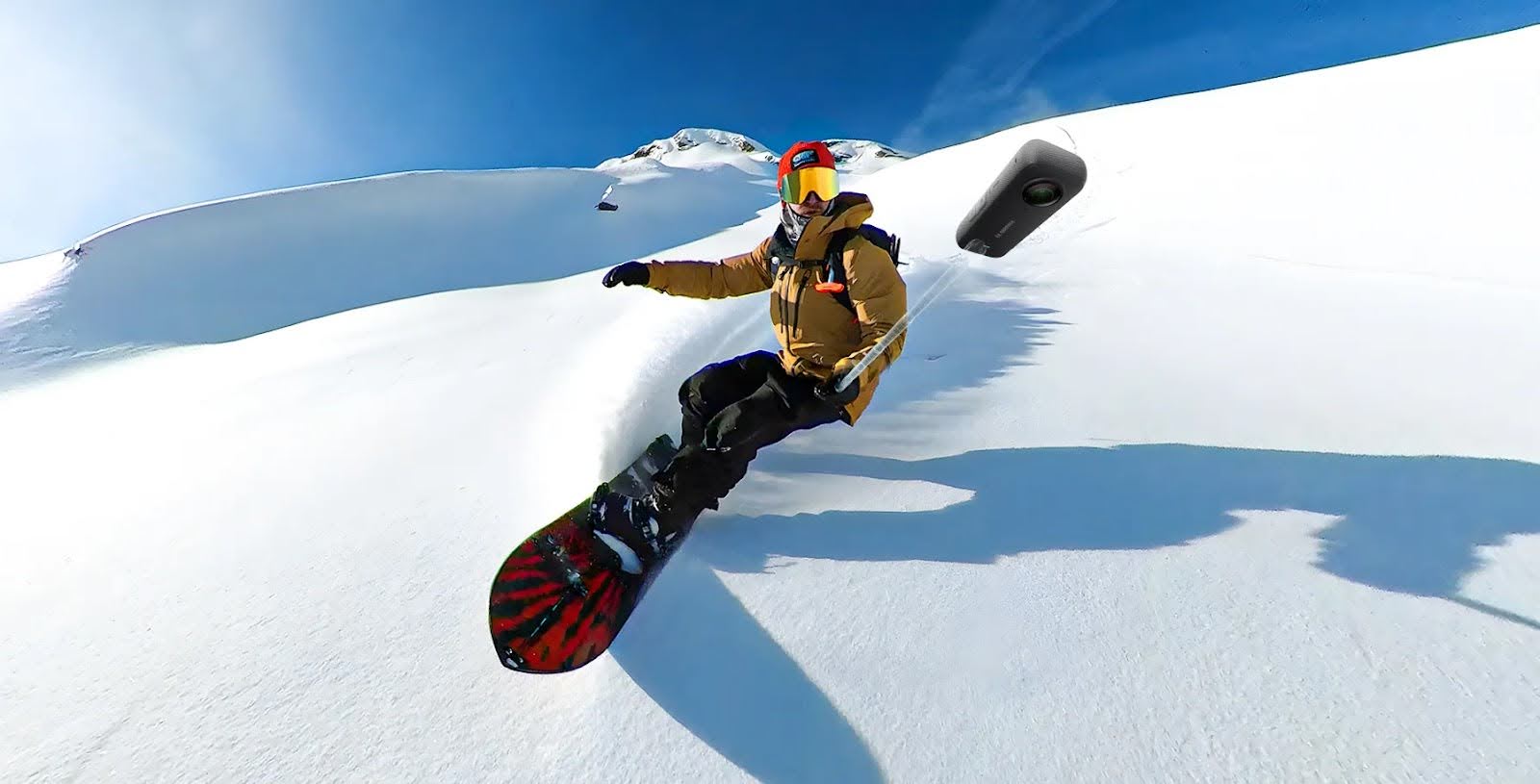
Capturing the thrill of extreme sports with an action camera takes more than just hitting record. Whether you're snowboarding down a steep slope, surfing massive waves, or biking rugged trails, the right techniques can transform your footage into dynamic, share-worthy content.
Importance Of Mastering Action Camera Techniques
Developing action camera techniques improves the quality of your extreme sports footage. It enables you to capture dynamic shots that reflect the intensity and excitement of the activity. Without proper techniques, footage can appear shaky, poorly framed, or lack visual appeal.
Using techniques like stabilization, framing, and perspective adjustments prevents common recording issues. For instance, maintaining a low angle during skateboarding can emphasize speed and motion. Similarly, following the rule of thirds creates balanced compositions, making videos more engaging.
Action sports often feature rapid movements, which demand thoughtful camera placement. Mounting the camera on a helmet during mountain biking offers a first-person perspective, while positioning it on handlebars captures a forward-facing view. Combining diverse angles creates visually rich footage.
Good lighting choices also contribute to sharper visuals. Filming at golden hours—early morning or late afternoon—reduces glare and enhances colors. Camera awareness, combined with intentional practices, turns ordinary clips into professional-grade footage.
Choosing The Right Action Camera
Selecting an action camera for extreme sports depends on performance, durability, and adaptability. When comparing GoPro vs DJI vs Insta360, focus on features that support the unique demands of rapid movements and challenging environments.
Key Features To Look For
- Video Quality: A 4K resolution or higher ensures sharp visuals with fine details. Frame rates like 60fps or 120fps allow smoother slow-motion playback.
- Lens Type: Wide-angle lenses capture expansive scenes, making them ideal for activities involving movement across large spaces.
- Stabilization: Optical or electronic image stabilization minimizes motion blur caused by shaky hands or vibrations.
- Weather Resistance: Waterproof and shockproof designs let you film confidently in wet or rugged conditions.
- Battery Life: Long-lasting batteries support extended filming sessions without frequent interruptions.
Popular Action Camera Models For Extreme Sports
Look for cameras designed to withstand shock, dirt, and water with features that serve specific filming needs. Robust mounting systems make it easier to affix cameras to helmets, handlebars, or boards.
High-performance stabilization systems help produce cinematic-quality results in challenging scenarios. Cameras offering slow-motion video or time-lapse capabilities can add creative dynamics to your footage. Versatile media compatibility simplifies sharing and editing filmed content.
Essential Techniques For Capturing Extreme Sports
Capturing extreme sports requires skillful use of camera techniques to convey intensity. Methods like adjusting angles, stabilizing motion, and integrating slow motion can dramatically improve the visuals.
Angle and Perspective Tricks
Experimenting with angles adds depth to footage. Low-angle shots exaggerate size and strength, perfect for high jumps. High-angle views from elevated positions highlight surroundings and scale. Close-ups focus on expressions, showcasing effort and emotion.
Over-the-shoulder angles, using mounted cameras, offer personal viewpoints from the athlete’s perspective.
Motion Stabilization Tips
Smooth videos hold attention better. Gimbals minimize shaking during fast or erratic movements. Cameras with built-in stabilization correct for unintended shifts, delivering steadier footage. Experiment with handheld stabilizers for specific angles or fixed mounts to capture continuous action. Stability ensures clarity even during complex maneuvers.
Using Slow Motion Effectively
Slow motion draws attention to pivotal moments. Use it to highlight intricate motions like flips or grabs. Stretching the time enhances detail, making tricks visually striking. Emotionally charged moments, like victorious finishes, resonate more when slowed down. Balance slow motion with real-time clips to maintain pacing within final edits.
Accessories To Enhance Your Filming
Accessories optimize your shooting experience by improving perspective, audio, and visibility. Using the correct tools enriches your footage and engages viewers effectively.
Mounts And Harnesses
Mounts and harnesses provide diverse filming perspectives. Helmet mounts capture first-person views, chest harnesses offer mid-level angles, and handlebar mounts create a forward-facing perspective. Each mount type delivers unique viewpoints for various activities like mountain biking or skiing. Wrist mounts are another option for capturing dynamic action, and they are ideal for active sports that involve frequent hand movements.
Positioning the camera strategically on these mounts ensures immersive footage. Try alternating between angles during the same activity to introduce variation and maintain the audience's interest.
External Microphones And Lighting
External microphones enhance sound clarity and are critical for conveying environmental sounds or dialogue. Built-in camera mics often fail to isolate wind or background noise, while external devices effectively capture cleaner audio. For example, mounting the microphone closer to the action minimizes distortion and enriches playback quality. Many Insta360 cameras support USB-C or Bluetooth mic connections, making it easy to upgrade your audio setup on the go.
Lighting improves footage captured in low visibility conditions. Add portable LED lights or adjust natural lighting settings during dawn and dusk. Experimenting with placement and brightness reduces shadows and highlights details, ensuring crisp visuals regardless of time or environment.
Editing Tips For Extreme Sports Videos
Highlighting Action-Packed Moments
Capture attention by emphasizing the most dynamic parts of the footage. Use manual focus to draw the viewer’s eye to critical moments. Switch to autofocus when tracking fast-moving subjects for seamless transitions.
Start with a wide shot of the scene, then zoom in as the action peaks. Frame key tricks or moments from start to finish, adding dramatic weight to each sequence.
Adding Music And Effects
Choose music that matches the energy and rhythm of the activity. Upbeat tracks work well for high-intensity sports, while slower ones can build suspense before dramatic moments.
Apply slow-motion effects to highlight pivotal actions, creating a more immersive experience.
Enhance visuals with color grading to improve tone and contrast. Use external microphones for clear audio or overlay environmental sound effects for a richer atmosphere.
Conclusion
Mastering action camera techniques is key to capturing the energy and thrill of extreme sports. With the right skills, equipment, and creativity, you can transform your footage into visually stunning content that truly stands out.
Focus on experimenting with angles, perspectives, and accessories to enhance your storytelling. Combine technical precision with thoughtful editing to create immersive videos that showcase your adventures in their best light.







